Introduction to Pig Farrowing Crates
Farrowing crates are a specialized type of equipment in the pig farming industry, designed to provide a safe environment for sows during the birthing process and to protect piglets during their early life stages. These crates are an essential component in modern swine production, ensuring the welfare of the sow and her litter.
Design and Features
Pig farrowing crates are meticulously engineered to cater to the needs of sows and piglets. They typically include a mainframe constructed from durable materials, a comfortable lying area for the sow, and a secure space for piglets. The design aims to minimize the risk of sows lying on their piglets and to facilitate easy management and access for the farmer.
Materials and Construction
The construction of farrowing crates for pigs involves robust materials such as stainless steel, which provides strength and longevity. The use of heavy-duty food-grade plastics is also common, particularly in areas designed for piglets to ensure a hygienic environment that is easy to clean and maintain.
Types and Applications
There are various types of farrowing crates available, each designed to suit different farming scales and practices. Some are equipped with adjustable features to accommodate sows of different sizes, while others may include integrated feeding systems or climate control to enhance the overall environment for the animals.
Advantages of Using Farrowing Crates
Utilizing farrowing crates in pig farming can lead to improved survival rates for piglets and better health for the sow. The design of these crates allows for efficient monitoring and assistance during farrowing, as well as easier management of the piglets' environment to promote healthy growth.
Choosing the Right Farrowing Crate
Selecting the appropriate pig farrowing crate requires consideration of the specific needs of your livestock and operation. Factors such as size, adjustability, material quality, and additional features should be taken into account to ensure that the crate serves its purpose effectively without compromising animal welfare.










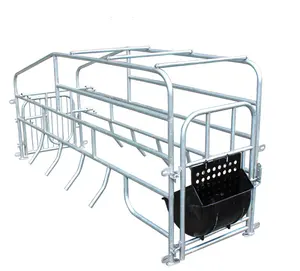

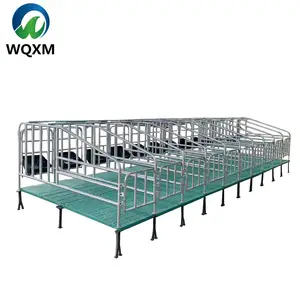

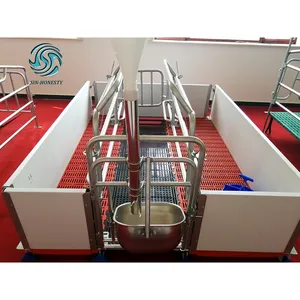

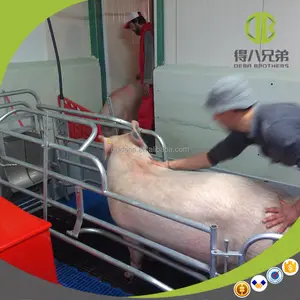

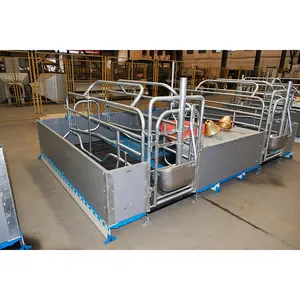




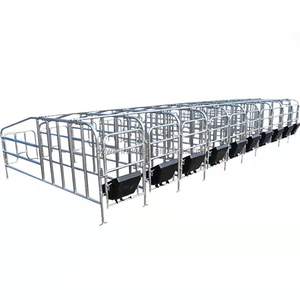


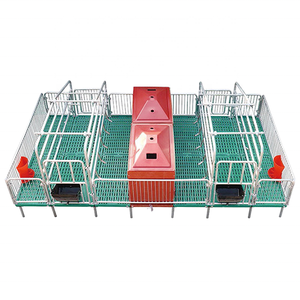


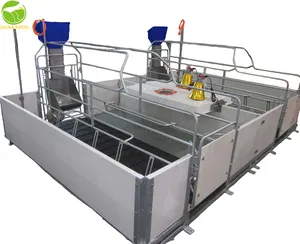

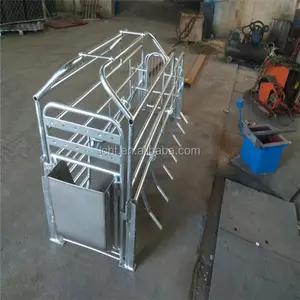




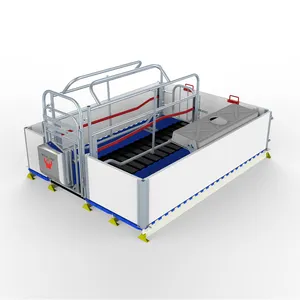









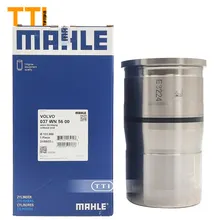





























 浙公网安备 33010002000092号
浙公网安备 33010002000092号 浙B2-20120091-4
浙B2-20120091-4